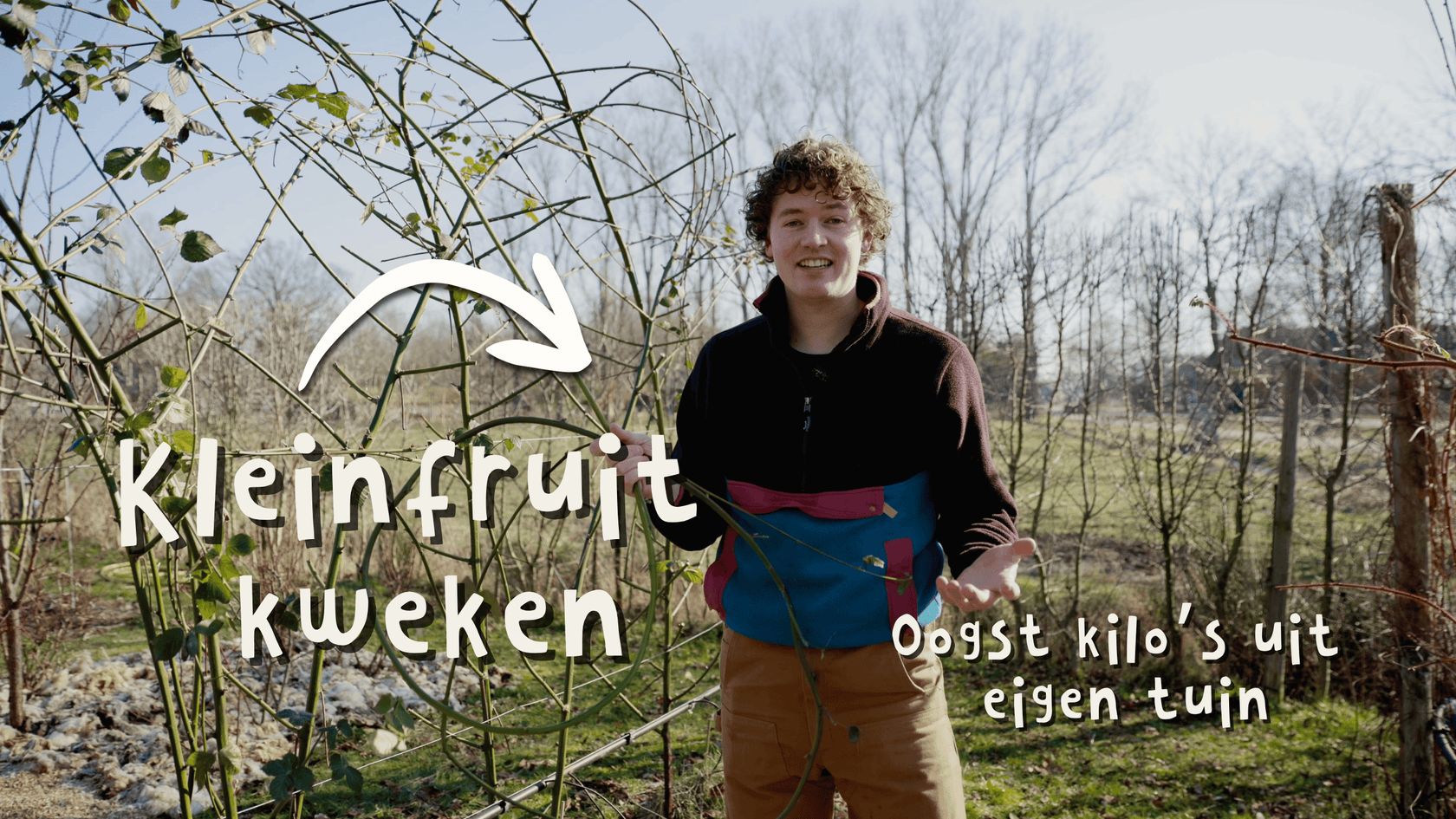General information
Riesling is the flagship of German viticulture and is renowned worldwide for its finesse, freshness, and longevity. The grape likely originated from a natural cross between Heunisch and the wild vine Vitis silvestris. More than half of all Riesling grapes worldwide are grown in Germany, with the Palatinate as the largest growing area. Riesling is also an important variety in the US, Australia, Austria, and France. Its ability to translate terroir is unparalleled.
Grape
The bunches are small, often shouldered, and, depending on the clone, either quite compact or loose. The round berries are greenish-yellow, with black spots on the skin, and turn yellowish-brown as they ripen. Newer clones produce looser bunches, which reduces the risk of botrytis.
Resistance
- Peronospora (downy mildew): +
- Oidium (powdery mildew): +
- Botrytis (gray mold): +/–
Wine
Riesling wines can range from bone dry to richly sweet. They are known for their vibrant acidity, aromas of apple, peach, citrus, and often also herbs, honey, and a light minerality. Due to its high acidity and extract, Riesling lends itself perfectly to extended bottle aging. Beerenauslesen and Eiswijnen are also possible.
Cultivation advice
Riesling ripens late and requires a warm, sheltered location with plenty of sun. It thrives in poor, stony, or weathered soils with adequate drainage. The plant grows moderately to vigorously and is fairly drought-tolerant. In wet or shady years, wilting can occur. Sunburn is a risk on slopes with strong sunlight.
Preparing the vine
The growth is upright and structured. Ideally, choose a location with sufficient light, air, and a soil that retains heat—such as slate, sandstone, or calcareous rock.
Ground preparation
- On calcareous soil: improve with lava grit
- On sandy soil: improve with bentonite and lava flour
Planting out
Soak your vine in a bucket of water for 24 hours. This allows it to soak up some water before planting.
Plant between May 1st and 15th. Use a soil auger or spade to dig a planting hole 10 cm in diameter and 30 cm deep. Insert the graft just above the ground, so that the vine protrudes 5 to 10 cm above the ground.
Planting distance
- In line: 1 meter
- Between rows: 1.5 to 1.8 meters






